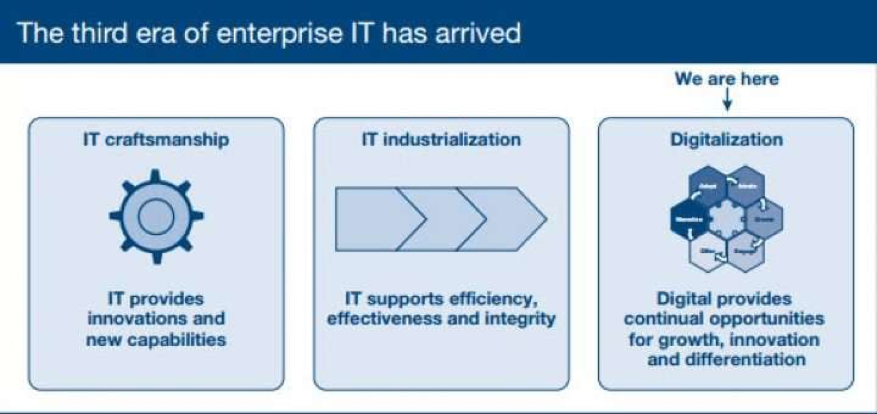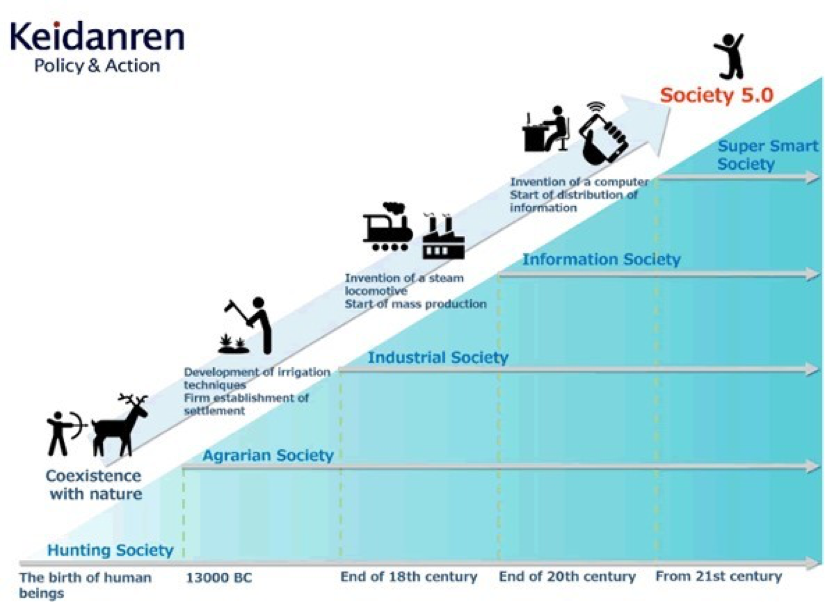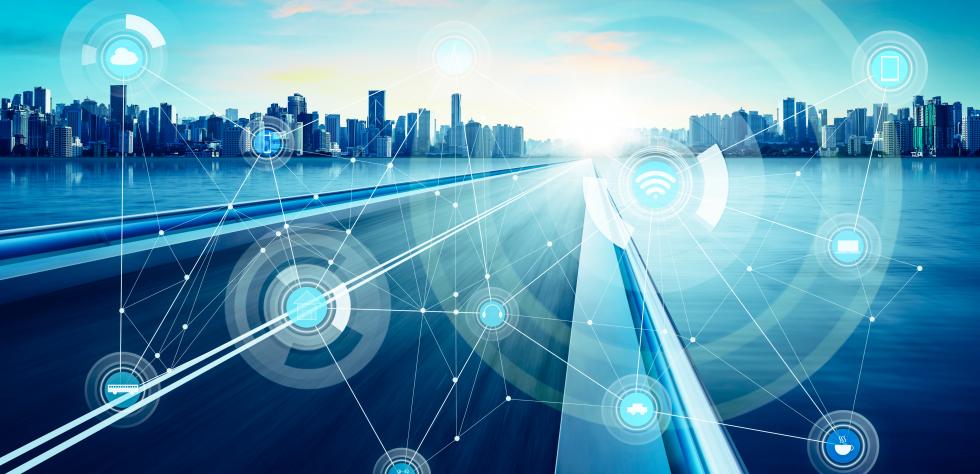Lara Lopez, ATOS Spain
August 31 2020
The Digital Single Market Strategy set the basis for accessing to the online world to individuals and businesses. 75 billion connected devices are expected to be installed worldwide by 2025. The rise of new technologies such as Internet of Things (IoT), cloud computing or the imminent impact of 5G supported the digitisation and digitalisation of current business infrastructures. Companies are not only digitizing their information but gaining value from it improving their processes and developing new digital businesses. This fast evolution of the market has shown gaps in the current technologies.
Digitised and digitalised industries require large IoT deployments and processing the massive amount of data they generated. Current approaches do not fit anymore in these scenarios where speed, latency and reliability play a crucial role. Traditional cloud approaches present latency problems when moving executions to the cloud, while current edge approaches improves latency issues, they lack capacity when analysing big amounts of data. Additional solutions to bypass these problems have an associated increased cost. Bearing in mind that in 2015, 99% of EU industries were small and medium enterprises, with less than 250 employees, this may reduce the

But what is digital transformation? There are several definitions for digital transformation, but all of them converge in the same conclusion: digital transformation is more than the sum up of digitisation and digitalisation.
Digitisation is the translation of information into a digital format. The increased usage of smart devices and its integration in all aspects of business and citizens’ daily life have fostered the process across all industries.
Digitalisation is the conversion of traditional processes into digital ones. This process needs of the previous one in order to use digital technologies and digital data to transform business into new digital ones where user experience is the masterpiece.
Connecting people and devices, allowing human interaction, consuming technology and changing the business culture is more about digital transformation. Companies will not only use technology or consume data, but completely change their mindset in the new era. However, digital transformation is not only affecting industry but also society, and Society 5.0, a Japanese initiative, is a good example of how digital transformation will impact on citizens lives.

In this sense, PLEDGER proposal supports the European (digital) transformation providing a set of tools that combines the low latencies of the edge computing parading with the robustness and resilience of traditional edge computing one, ensuring the highest levels of Quality of Service (QoS) and Quality of Experience (QoE) and securing the approach introducing blockchain technologies. To strengthen trust, PLEDGER will also provide a set of benchmarks to allow potential end users to compare the benefits of the proposed solution with other existing applications. Furthermore, it will demonstrate its benefit through three real-world use cases, naming manufacturing, mixed reality and smart cities.
In this way, PLEDGER aims to leverage European industry providing means to support them on their digital transformation process.



Add new comment